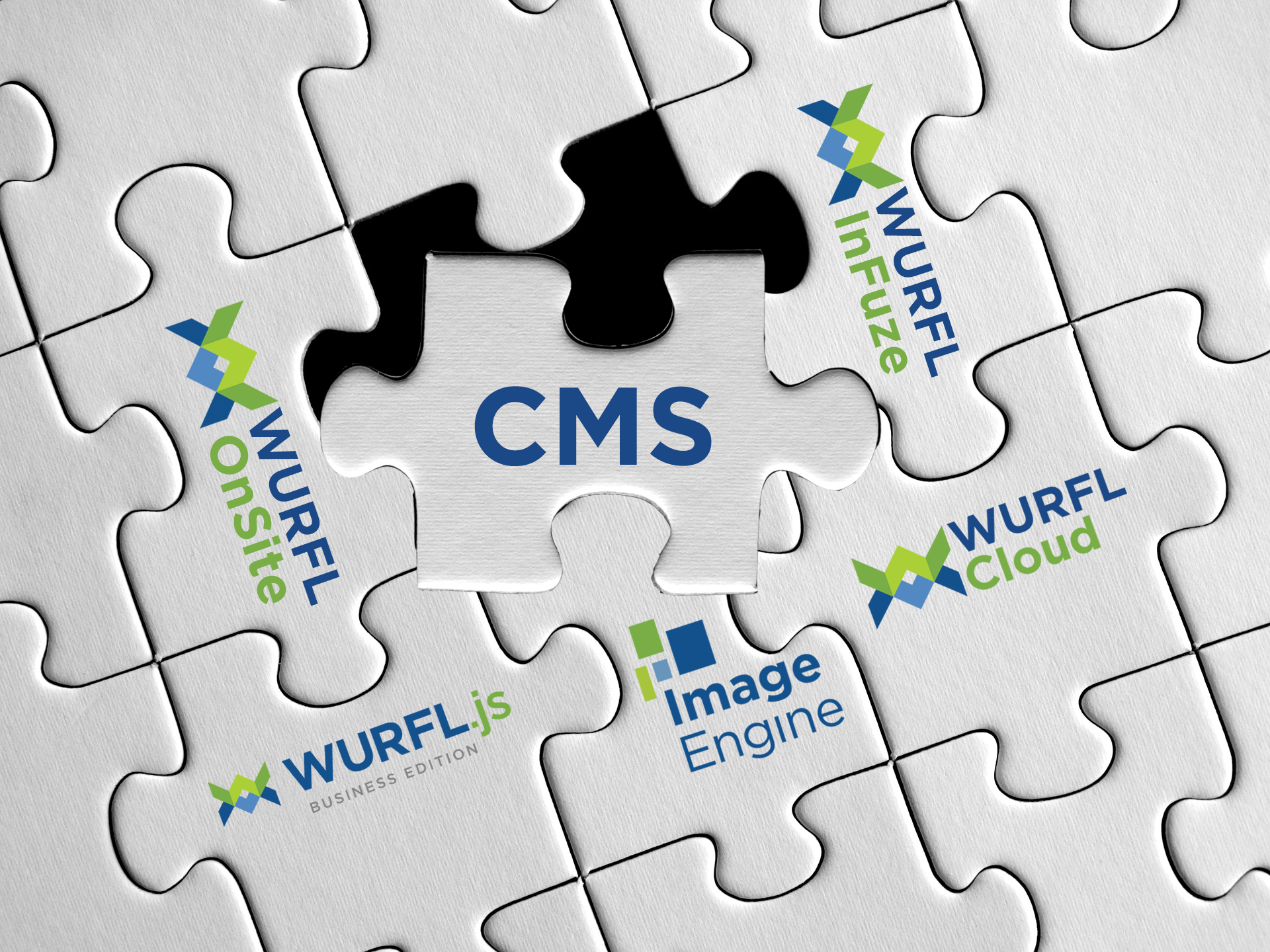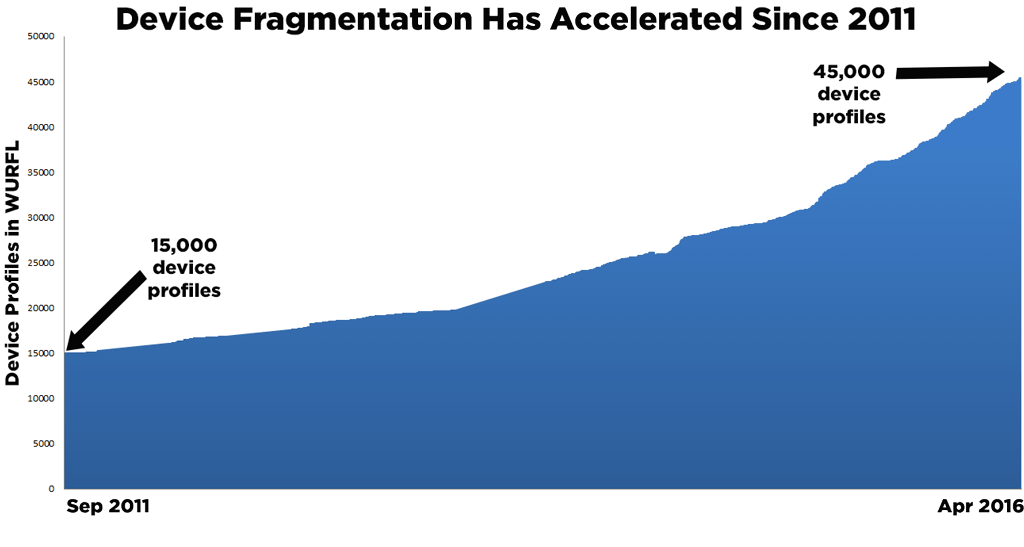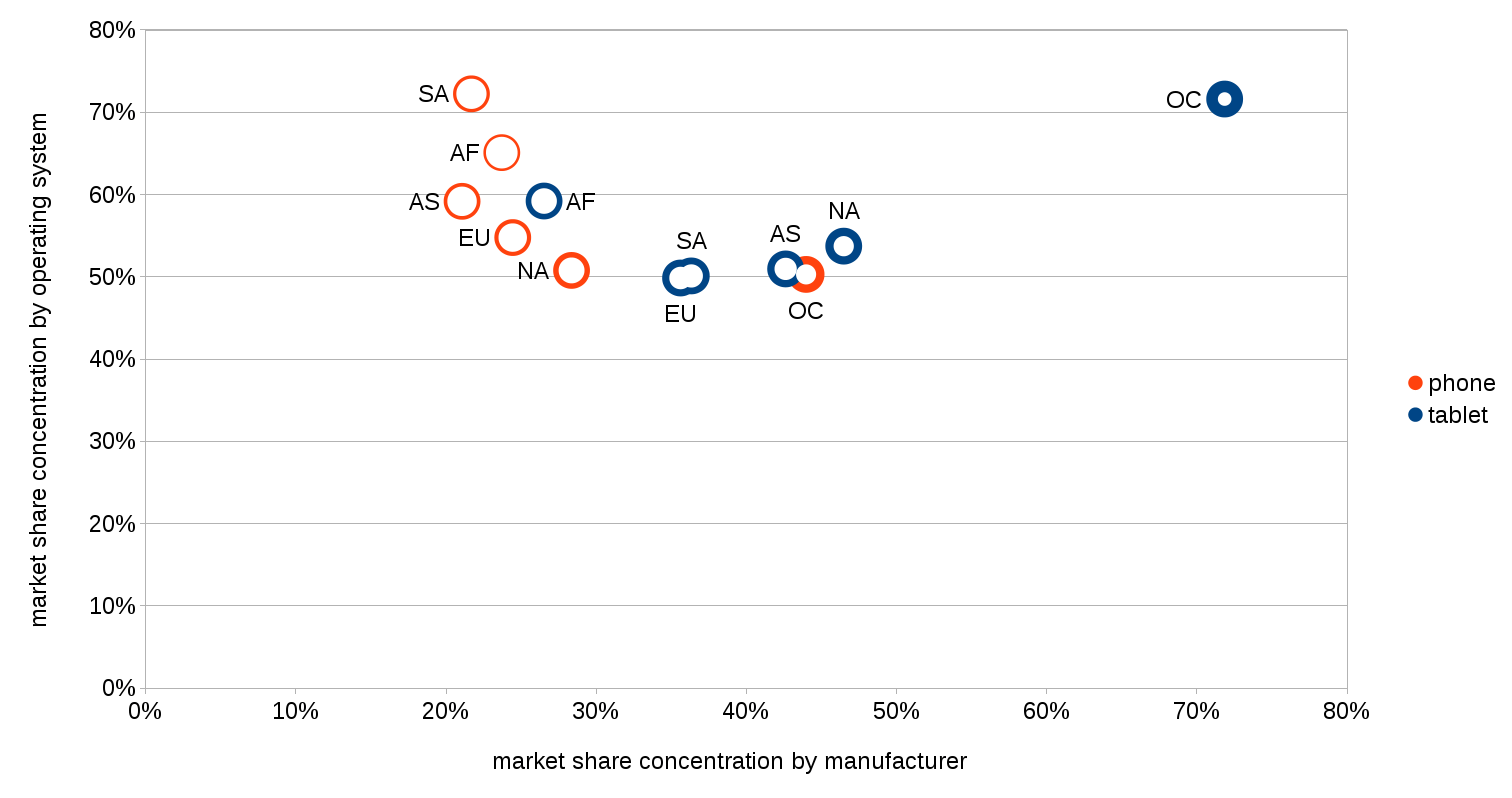Blog
Recent Posts
Get WURFL Release 1.8
Jul 25th, 2016
ScientiaMobile has released version 1.8 of its WURFL API. To get the best possible performance from your WURFL solution, you should have both the latest API (1.8) and our most recent XML (released weekly to Commercial license customers).
Read More
Add ImageEngine To Your CDN Mix
Jul 15th, 2016
On the web today, there is a strong focus on performance. A website must be rendered as fast as possible for all users regardless of their geographical location, device capabilities, latency and bandwidth. The value of a fast loading web page is well documented.
Read More

3 Reasons Your Responsive Web Images Load Slowly (And How To Fix It)
Jul 15th, 2016
So you have built a responsive web site. Congratulations – all of your mobile web problems are now solved! Well, not so fast. A common complaint is that responsive web sites look great on mobile devices, but the pages
Read More
Add Automatic Device Detection and Image Resizing to CMS
Jul 11th, 2016
Many CMS platforms enable you to create content that can be effectively consumed regardless of the screen size of the requesting device. In this blog, you will learn about the many ways our products can benefit your user experiences in a content management system construct.
Read More
Mobile Device Fragmentation and Proliferation
May 23rd, 2016
By Ken Jones
When we started ScientiaMobile, we had the opportunity to talk to several wise people regarding the need for Device Intelligence. At the time in 2010, it seemed like Apps and Apple would take over the world. Their crystal ball predicted much more homogeneity of devices. And when people used their mobile devices, it would be through apps, not a browser.

Statistics on Internet Traffic – Tablets and Mobile Phones Compared
May 3rd, 2016
by Eduardo Casais – Part 2 of 2
Editors Note: We welcome posts from people interested in Device Intelligence. This is the second of 2 posts that come from Eduardo Casais.
Read More
What Statistics on Internet Traffic Teach Us About Mobile Development
Apr 26th, 2016
by Eduardo Casais – Part 1 of 2
Editors Note: We welcome posts from people interested in Device Intelligence. This is the first of 2 posts that come from Eduardo Casais.
Read More
Getting Started With WURFL In Ektron CMS
Mar 3rd, 2016
The integration in place between Ektron CMS400.net and WURFL allows you to accurately detect mobile devices in order to intelligently serve optimized content. To enable device detection in Ektron you need to take the following two steps:
Read More
Visit ScientiaMobile at the 2016 Mobile World Congress Barcelona Conference!
Feb 1st, 2016
Come find us! We will be located in Hall 8.1, Stand C13.
We would love to meet with you and discuss your mobile device detection needs.
Learn more about Mobile World Congress, click here

Using Client Hints and Image Optimization
Jan 11th, 2016
Responsive images have been around long enough for most of us to have taken them for a spin, or at least to have learned from the experiences of those who have. Beyond doubt, the responsive images specification is a great win for the web.
Read More












